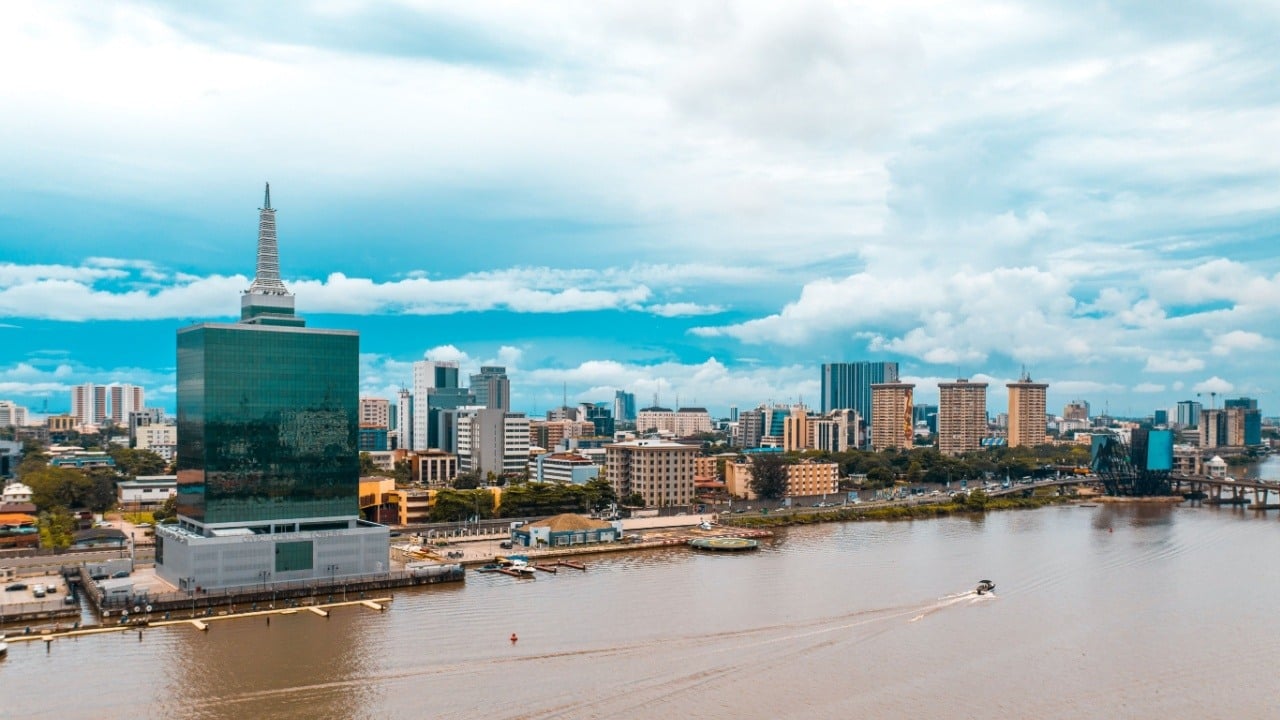The Rise of Sustainable Fashion: A Paradigm Shift in the Industry
Introduction: A Necessary Evolution
The fashion industry, long criticized for its environmental impact and labor practices, is undergoing a profound transformation. Sustainable fashion is no longer a niche trend but a growing movement reshaping how clothes are designed, produced, and consumed. This shift is driven by increasing consumer awareness, technological advancements, and a global push toward environmental responsibility. The rise of sustainable fashion represents a paradigm shift, challenging traditional business models and fostering innovation.
The Environmental Imperative
The Dark Side of Fast Fashion
The fashion industry is one of the most polluting sectors globally, contributing to approximately 10% of global carbon emissions. Fast fashion, characterized by rapid production cycles and low-cost garments, exacerbates this problem. The environmental toll includes water pollution from textile dyeing, excessive water usage, and the generation of vast amounts of textile waste. According to estimates, the fashion industry produces around 92 million tons of waste annually, with a significant portion ending up in landfills or being incinerated.
The Call for Change
The environmental crisis has spurred a call for change. Consumers are increasingly demanding transparency and sustainability from brands. This shift is evident in the growing popularity of second-hand clothing, rental services, and brands committed to eco-friendly practices. The rise of sustainable fashion is not just a response to consumer demand but also a recognition of the urgent need to reduce the industry’s environmental footprint.
The Role of Technology and Innovation
Sustainable Materials and Production
Technological advancements are playing a crucial role in the sustainable fashion movement. Innovations in materials science have led to the development of eco-friendly fabrics, such as organic cotton, recycled polyester, and innovative materials like Piñatex, a leather alternative made from pineapple leaves. These materials reduce the reliance on resource-intensive traditional fabrics like conventional cotton and synthetic fibers.
Circular Fashion Models
The concept of circular fashion is gaining traction, emphasizing the importance of recycling and reusing materials. Brands are adopting take-back programs, where customers can return old garments for recycling or upcycling. This approach reduces waste and conserves resources, aligning with the principles of a circular economy. Additionally, digital technologies like 3D printing and on-demand manufacturing are reducing overproduction and minimizing waste.
Ethical Considerations and Labor Practices
Fair Trade and Ethical Sourcing
Sustainable fashion is not just about environmental impact but also about ethical labor practices. The movement advocates for fair wages, safe working conditions, and transparency in the supply chain. Consumers are increasingly supporting brands that prioritize ethical sourcing and fair trade practices. This shift is driving brands to adopt more responsible and transparent supply chains, ensuring that workers are treated fairly and that materials are sourced sustainably.
The Power of Consumer Choice
Consumers have the power to drive change through their purchasing decisions. By choosing sustainable brands, supporting second-hand markets, and advocating for ethical practices, consumers can influence the industry’s direction. The rise of sustainable fashion is a testament to the power of collective action and the growing demand for a more responsible and transparent fashion industry.
The Future of Sustainable Fashion
Challenges and Opportunities
Despite the progress, the sustainable fashion movement faces challenges. High costs, limited availability, and greenwashing practices pose obstacles to widespread adoption. However, these challenges also present opportunities for innovation and collaboration. Brands, policymakers, and consumers must work together to overcome these barriers and accelerate the transition to a more sustainable fashion industry.
A Vision for the Future
The future of sustainable fashion is bright, with a vision of a circular, transparent, and ethical industry. As technology advances and consumer awareness grows, the fashion industry has the potential to become a leader in sustainability. The rise of sustainable fashion is not just a trend but a necessary evolution, reflecting a broader shift toward environmental responsibility and ethical consumption.
Conclusion: A Call to Action
The rise of sustainable fashion is a call to action for the industry, consumers, and policymakers. It is a reminder that fashion can be both stylish and sustainable, ethical and innovative. As the movement gains momentum, it is crucial to continue advocating for transparency, sustainability, and ethical practices. The future of fashion is sustainable, and it is up to all of us to shape this future. By embracing sustainable fashion, we can create a more responsible and resilient industry that benefits people and the planet.





